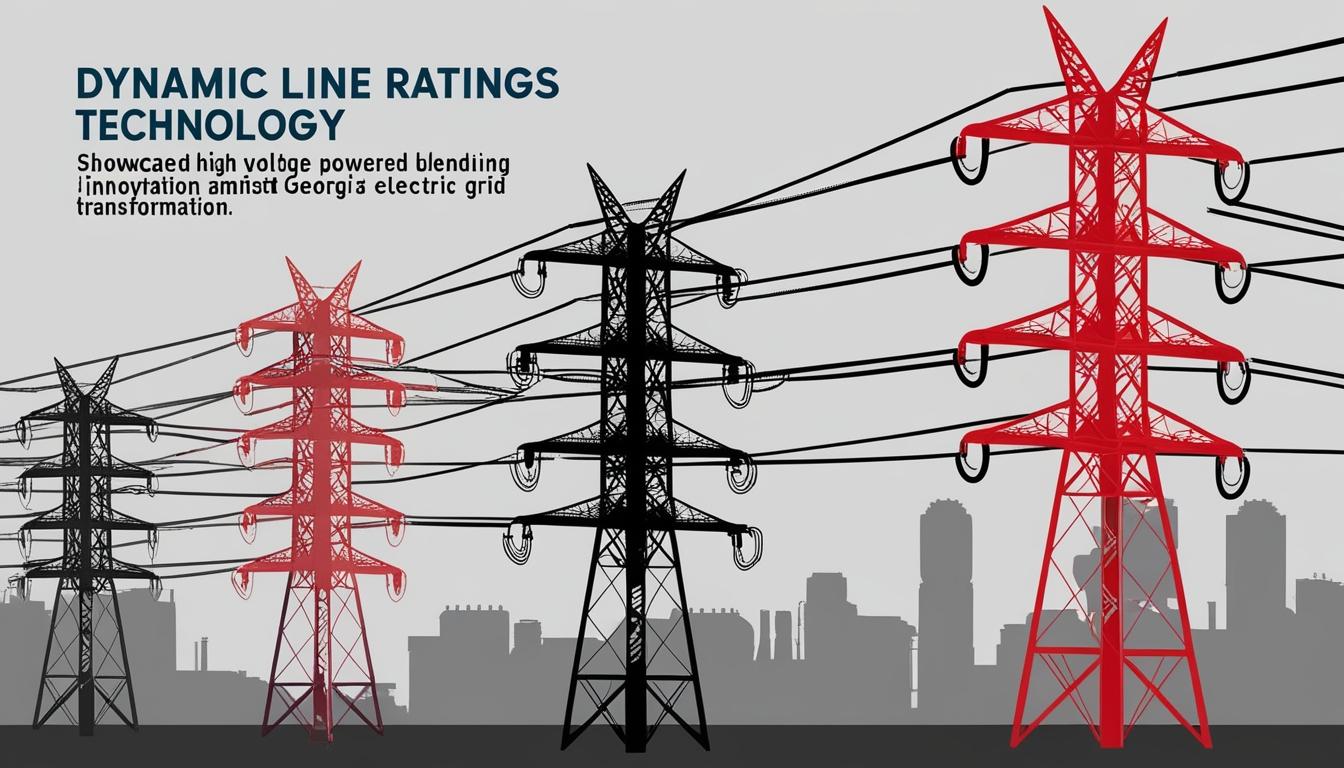LineVision, a company specialising in advanced line ratings, has partnered with Georgia Power, the largest electric utility in the state of Georgia, to implement its dynamic line ratings (DLR) technology. This initiative is part of a broader strategy to augment the state's power grid capacity, enhance flexibility, and improve overall reliability. The deployment of DLR technology is being supported by investments made under the Grid Resilience and Innovation Partnerships (GRIP) Program, established through the Bipartisan Infrastructure Law, aiming to modernise the electric grid and prepare it for extreme weather events, all while endeavouring to reduce costs for consumers.
DLR technology assesses the true transmission capacity of high voltage power lines by taking into account local environmental conditions, including ambient temperature and wind speed. Hudson Gilmer, CEO of LineVision, expressed his optimism about the partnership, stating, "We’re excited to partner with Georgia Power to unlock additional capacity on Georgia’s grid to support the state’s advanced manufacturing renaissance." Gilmer further noted, "LineVision’s DLR technology is an important tool in utilities’ toolbox that can be quickly deployed to increase capacity safely, bring more clean energy online, and help lower energy costs for customers." The emphasis here is on Georgia Power’s strategic investment in grid technology, which is expected to bolster economic growth in the area.
Enhancements to the grid will not only focus on the integration of DLR but also involve reconductoring high voltage power lines. This process updates existing conductors, allowing for quicker deployment compared to traditional line construction, thereby maximizing the amount of electricity transmitted through current infrastructures and rights of way. These advancements are essential to accommodate an increasing demand for electricity, especially as the state seeks to integrate a higher percentage of renewable energy sources.
To further facilitate the adoption of DLR technology, Georgia Power has pledged to share valuable operational data and best practices with other utilities. This collaborative effort aligns with a recent resolution passed by the National Association of Regulatory Utility Commissioners (NARUC), which underscored the financial and operational benefits of grid-enhancing technologies (GETs), including DLR, advanced power flow control (APFC), and topology optimisation (TO). By identifying capacity for new energy generation or demand, these technologies aim to provide more cost-effective solutions than traditional upgrades.
Supporting evidence for the increasing focus on DLR and similar technologies is drawn from the 2023 Long-Term Reliability Assessment by the North American Electric Reliability Corporation (NERC), which anticipates a significant rise in peak electricity demand over the next decade. Additionally, market reports indicate a worrying trend in transmission congestion costs, which have doubled since 2016.
As part of the ongoing movement to enhance transmission capacity, LineVision has previously executed notable projects, including a substantial deployment of DLR technology with National Grid in Upstate New York. This collaboration involved equipping transmission lines with DLR technology, enabling real-time data analysis to manage congestion amid rising renewable energy projects. In light of the ongoing $4 billion upgrades to New York's transmission system, DLR offers an expedient solution to unlock additional capacity without extensive infrastructural changes. Gilmer referred to DLR as “the low-hanging fruit,” highlighting its cost-effectiveness and speed in alleviating congestion issues when contrasted with traditional infrastructure improvements.
As utility companies navigate the growing complexities of energy demand and the integration of renewables, the deployment of dynamic line ratings represents a proactive approach that could reshape the future of power management and infrastructure in the United States.
Source: Noah Wire Services
